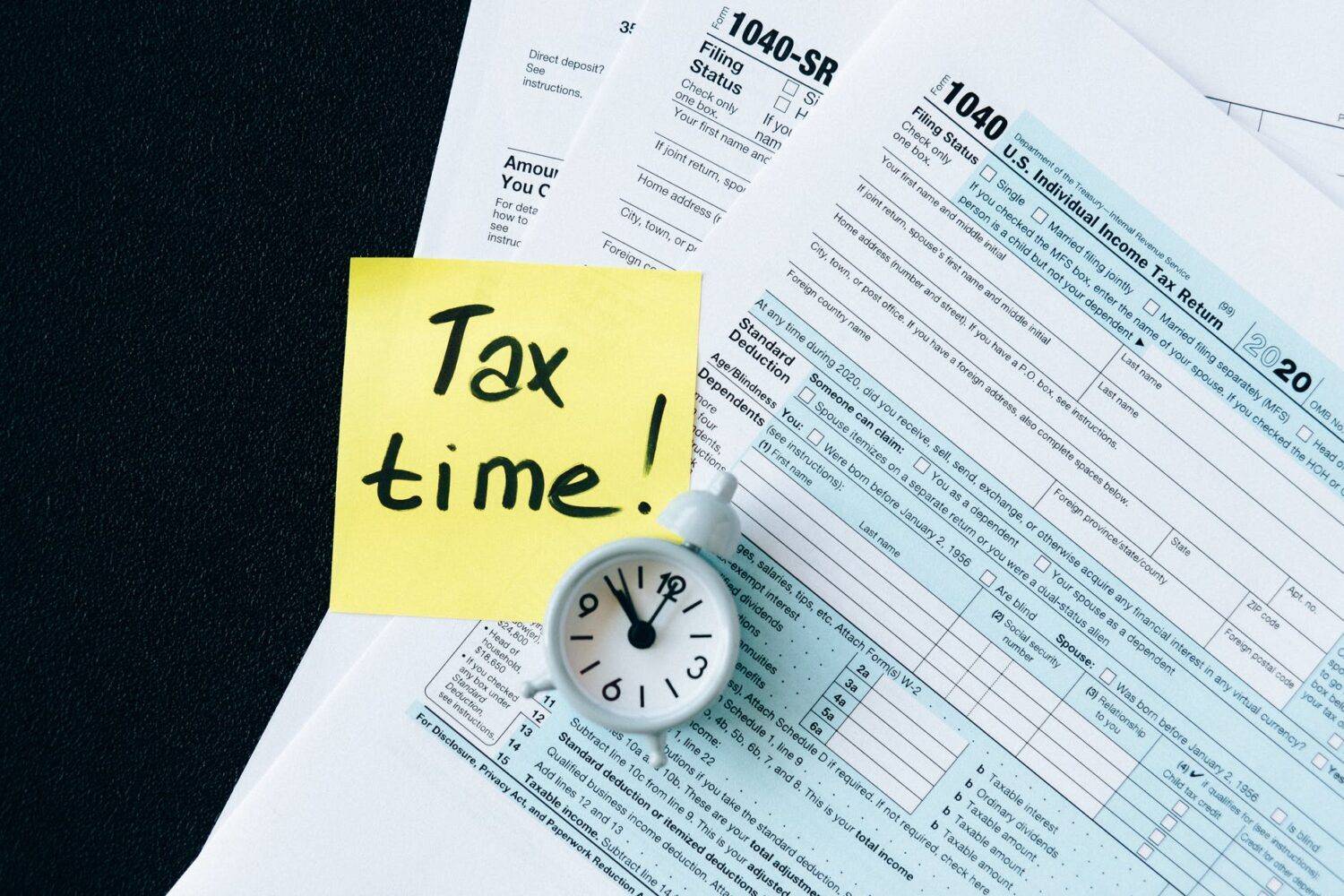The United States federal government subsidizes the purchase and installation of solar power generating systems with a general federal solar tax credit. The renewable energy tax credit is available to both residential homeowners and commercial businesses. It also significantly reduces the payback time for solar power investments.
The solar investment tax credit was brought to life in the Energy Policy Act of 2005. While this federal solar tax credit was originally only supposed to last until 2007, the popularity of the program has led to extension for homeowners through 2022. Even though it has been extended, the terms of the credit are not the same year to year.
The federal solar investment tax credit (ITC) is a tax credit that can be claimed on federal income taxes for 26% of the cost of a solar photovoltaic (PV) system.
The system must be placed in service during the tax year and generate electricity for a home located in the U.S.
A solar energy PV system must be placed into service before December 31, 2021, to claim the credit in 2022 or December 31, 2022 to be claimed in 2023.
There is no maximum amount that can be claimed.
You might be eligible for the solar investment tax credit if you meet all of the following criteria:
Your solar PV system was ‘placed in service’ between January 1, 2006, and December 31, 2021.
The solar PV system is located at a residential location in the U.S. (but not necessarily your primary residence).
You own the solar PV system ( e.g., you purchased it with cash or through financing)
The solar PV system is new or being used for the first time. The ITC can only be claimed on the “original
installation” of the solar equipment.

It’s important to understand that this is a tax credit and not a rebate.
A tax credit is a dollar-for-dollar reduction in the amount of income tax you would otherwise owe. For example, claiming a $1,000 federal tax credit reduces your federal income taxes due by $1,000. Tax credits offset the balance of tax due to the government (therefore, if you owe no tax, there is nothing to offset and you can’t take advantage of it).
Tax rebates are payable to the taxpayer even if they owe no tax. While most people qualify for the solar panel tax credit, there are some who do not. Anyone who does not owe federal income taxes will not be able to benefit from the solar tax credit. And, if you’re on a fixed income, retired, or only worked part of the year, you may not owe enough energy taxes to take full advantage of this solar tax credit.
Year | Available Solar Tax Credit |
2020 | 26% tax credit for both residential and commercial solar panels. |
2021 | 26% tax credit for both residential and commercial solar panels. |
2022 | 26% tax credit for both residential and commercial solar panels. |
2023 | 22% tax credit for both residential and commercial solar panels. |
This is a nonrefundable tax credit, meaning you will not get a tax refund for the amount of the solar tax credit that exceeds your tax liability. However, you can carryover any unused amount of the solar tax credit to the next tax year.
Yes. The tax credit can be used against either the federal income tax or the alternative minimum tax credit.
File Tax Form 5695 with your tax return. That’s it!
(After seeking professional tax advice and ensuring you are eligible for the ITC.)
Sadly, the amazing solar tax credit that caused such growth for the solar industry is on its proverbial last leg as 2022 is the last year to claim the 26% solar federal tax credit. The solar investment tax credit was extended once before in 2015, but that extra time is quickly running out. The table below details how much longer the tax credit is available for, and for how much.
Commercial and utility-scale projects which have commenced construction before December 31, 2023, may still qualify for the 26 or 22 percent ITC if they are placed in service before January 1, 2026. The IRS issued guidance (Notice 2018-59) on June 22, 2018, that explains the requirements that a taxpayer must meet to establish that construction of a qualified solar facility has begun for purposes of claiming the ITC.
Syntek Solar is proud to be Your local solar installer for Piedmont Virginia. We serve Warrenton, Bristow, Nokesville, Bealeton, Haymarket, Gainesville, Charlottesville, Culpeper, Loudoun, Fredericksburg, Chantilly, Herndon, Fairfax, McLean, Alexandria, Springfield, Chantilly, Sterling, Great Falls, Madison County, Orange, Short Pump, Staunton, Lexington, Waynesboro, and most other areas in Northern Virginia. Interested in going solar? We’re happy to provide you with information for your home or business, Production Analysis, a quote and site visit, all Free Of Charge.
By checking this box and submitting this form, I authorize Solar Smith LLC to use automated technology to call or text my phone number (provided above) for marketing purposes. I may revoke this consent at any time. I understand that my authorization to receive calls and texts via automated technology is not a condition of purchasing any goods or services. Text message frequency varies. Msg & data rates may apply.
